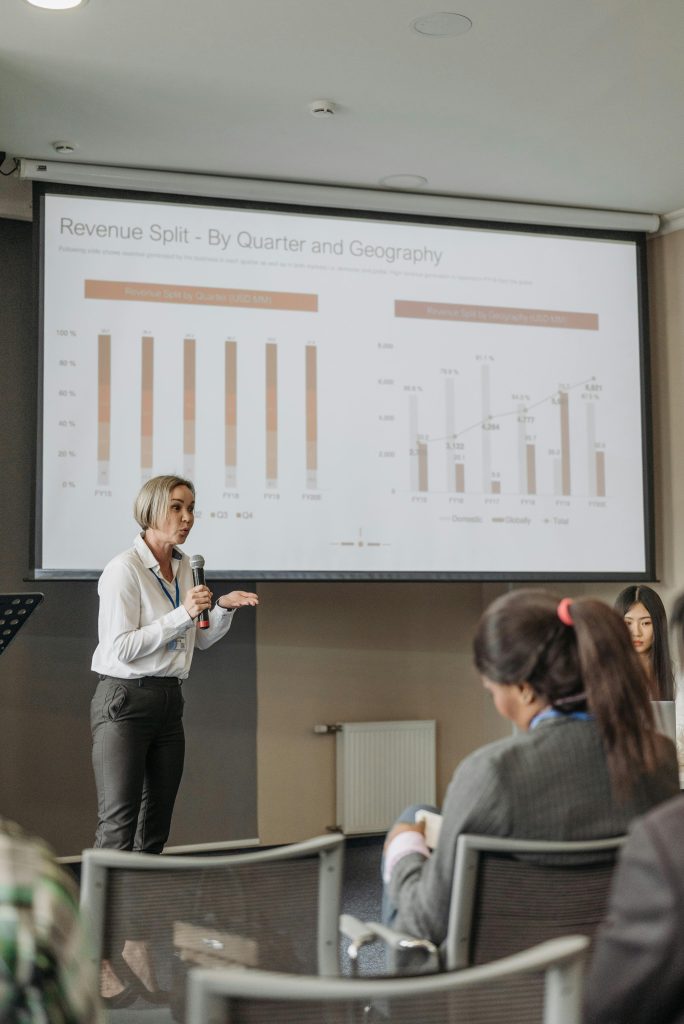User Education and Process Mapping
Technology alone won’t drive transformation—people will. Engaging and educating your team, and mapping processes thoughtfully, builds buy-in, uncovers hidden opportunities, and sets the stage for sustainable automation and analytics success.
Involve and educate the team
We have all been “informed” that we will be performing tasks a new and “better” way by our bosses…Many times without even being asked. However, automation and analytics projects should not be driven from the top down in a vacuum. The people that do the work—your accountants, analysts, and support staff—often have the clearest insight into pain points, inefficiencies, and opportunities for improvement. They have just never been asked. Involve them early and often. Invite their input in identifying automation opportunities, testing new processes and workflows, and providing HONEST feedback on what works (and what does not). Not only will this create better solutions, but it also increases buy-in, ownership, and long-term sustainability of the transformation.

In addition, before implementing any automation or analytics solution, it is critical to ensure your team understands not only what is changing—but why. Hopefully, they have been involved in the development, but not every member of a team will be. Education for everyone else builds trust, reduces resistance, and creates a shared experience around transformation. This includes technical upskilling—like data literacy and systems training—as well as the ability to rethink the way it has always been done, helping your team see automation as an enabler, not a threat. The goal is not to replace people; it is to transition them away from the manual and empower them to do more meaningful, strategic work. When your team understands the “why,” they are far more likely to embrace the “how.”
Map out processes

You cannot improve what you have not documented, meaning you cannot change something if you do not know what you are currently doing. Take the time to map out your current-state processes in detail—step-by-step, owner-by-owner. This helps identify bottlenecks, inefficiencies, and areas for automation. It also prevents “automating bad processes faster” also known as “We’re lost, but we’re making record time” (or something like that, generally attributed to Yogi Berra). Process mapping provides a foundation for improving communication and understanding while enhancing the ability to analyze the issue, in this case, efficiency. Whether it is a swimlane diagram or a simple checklist, the act of visualizing your workflows is a powerful catalyst for change.
Ready to lead beyond the ledger?
Follow us on:

#NotJustABeanCounter #UltimVentures #FinanceTransformation #AccountingInnovation #AccountingLeadership #AutomationSuccess #DigitalUpskilling #DataLiteracy #ProcessMapping #WorkflowOptimization






